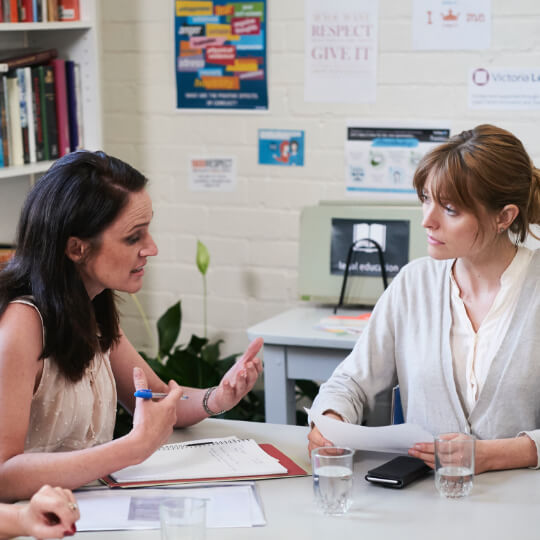Sharing, or threatening to share, a nude or sexual image or video without the consent of the person shown is never OK. While eSafety can have the image or video removed, your local police may also be able to help.
- They can work out whether there are criminal laws in your state or territory that apply to your experience. If so, they may be able to investigate who is responsible for sharing, or threatening to share, your intimate image or video.
- They may be able to help protect you if the person is threatening to hurt you, or your family or friends. This can include getting a protection order from a court to say the person must stop doing things like:
- sharing or threatening to share your intimate images or videos
- approaching you
- contacting you
- monitoring where you go and what you do.
Even if the police are not able to investigate, ask them to take a report of your complaint or give you an event number. Keep a record of the police report or event number, so you have proof of your ongoing concerns if the abuse continues or gets worse. It’s also a good idea to ask the name and rank of the officer you speak with, in case you need to contact them again.
There may be a specialist police officer you can talk with, depending on your situation, such as:
- a Domestic and Family Violence Liaison Officer
- a Gay and Lesbian Liaison Officer
- an Aboriginal or Torres Strait Islander Liaison Officer
- a Multicultural Community Liaison Officer.
Before you go to the police
It will be easier for the police to help if you give them as much information as you can about what happened, where and when. This includes showing them evidence so they can understand it.
Taking screenshots, photos or recordings of your device’s screen is a quick and easy way to collect evidence. But don’t save or share nudes or sexual images or videos of anyone under 18 or any other illegal or restricted content.
Find out how to collect evidence, including how to take screenshots on a Mac, Windows PC, Apple devices or Android devices.
This evidence might be added to a statement or statutory declaration when you go to police.
Also, it may be a good idea to get legal advice to help you engage with the police.
Find your local police station:
